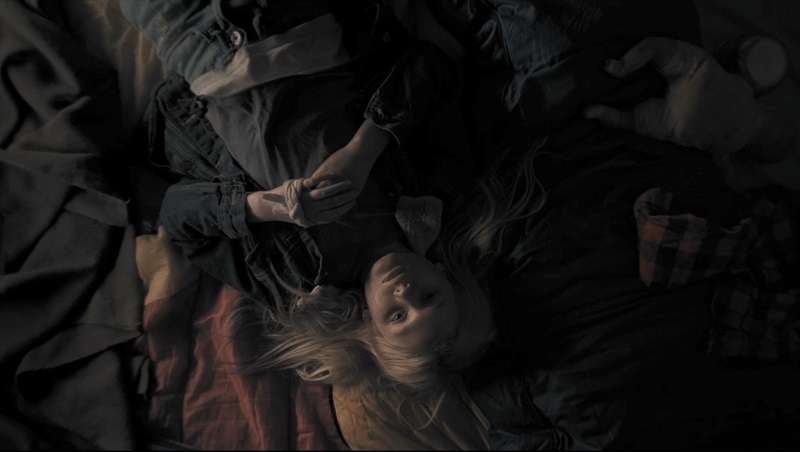Esme, My Love (Choy, 2022)
As I write this, there are four other reviews from Rotten Tomatoes certified critics of Esme, My Love. None of them (yes, I read all four) express confidence that they understood the film. The line between subtlety and obscurity is thin, and I am guessing that I am not the only viewer who thought the film landed on the wrong side of it.
Of course, citing other reviews is a poor man’s argument, generally used when a critic feels insecure about his opinion or thinks he is saying something questionable. Saying a film is indecipherable, at least in some circles, is more likely to prompt pushback than simply saying it is bad. It is also worth noting that those other reviews all liked Esme — or at the very least rated it as “Fresh.” The film is lauded for its atmosphere and mood, the kind of non-specific praise that too often reads (at least to me) as an apology (sorry I didn’t get your film) rather than as genuine admiration.
Personally, I found the atmosphere the worst part of the film because it felt like a crutch for poor writing. Imagine the most generic ominous thriller soundtrack you’ve ever heard and then play it with the volume turned up just a little too high. When a film creates an ominous mood and only gradually reveals the specifics behind it, it can be a classic (think Vertigo or The Sixth Sense). But if it never quite gets down to brass tacks, it runs the risk of leaving the audience bewildered, wondering if they missed something, or angry, wondering if they didn’t and that there was nothing there to miss. In the film’s press notes, co-writer and director Cory Choy says he hopes that viewers will want to see the film at least twice. I agree that one mark of quality is standing up to repeat viewing and/or revealing new wrinkles, but that’s different than requiring multiple attempts to decipher what happened. Even his explanation was vague, saying the inspiration was from an unnamed source who saw an angel following a child through a house….
So what is all the ambiguity about? Mother Hannah takes Esme to the woods for some sort of vacation or bonding. The film’s publicity says that Hannah has learned that Esme has had a fatal diagnosis, though this is only stated overtly late in the movie, and from a narrative source that is hardly reliable, so the plot summary in the press notes comes across as a concession that early audiences may not have read the film as easily as they hoped.
The first act is filled with pointed dialogue that practically screams “CLUE” yet never fills in the backstory so much as allude to it. “You never told me I had a sister,” Esme tells Hannah/mom. “No, I suppose not,” is the somewhat cryptic reply. “I would never hurt you…not on purpose,,” Hannah tells an understandably frightened Esme. This can hold the audience’s interest for about forty minutes or so … there is a natural tendency to try to put the clues together and figure out what they mean. But once the viewer decides they won’t get sufficient clues to figure things out, a film can never really recover. You wait to see if it will reveal itself clearly enough that you can at least be confident in your emotional response to the conclusion. Even then, I wasn’t sure whether I was supposed to be relieved or horrified.
Of course, it is possible that I am simply a below-average interpreter of the opaque thriller. I never understood what was happening in Blue Velvet, either.

